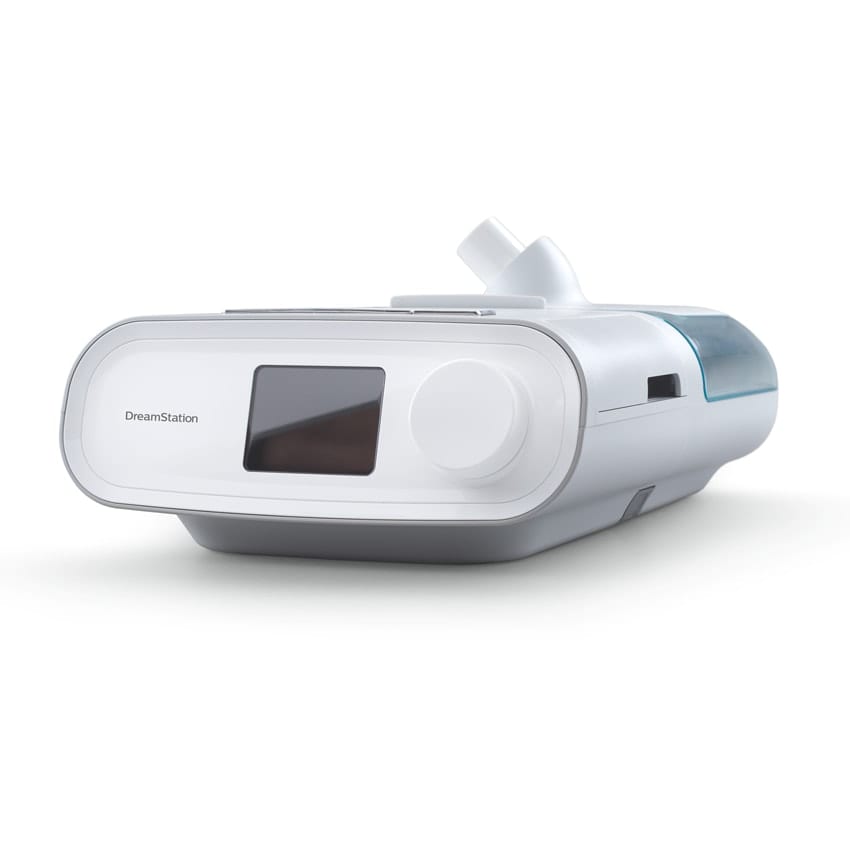
Having a restful night’s sleep is essential for our overall well-being and health. Unfortunately, for those grappling with sleep apnea, a peaceful night may seem like a distant dream. Sleep apnea is a common sleep disorder characterized by pauses in breathing or shallow breathing during sleep. These disturbances can lead to loud snoring, fatigue, and increased health risks. However, the evolution of sleep apnea machines has brought a glimmer of hope to those seeking relief from this disruptive condition.
Types of Sleep Apnea Machines
There are three main types of sleep apnea machines: CPAP, BiPAP, and APAP. CPAP, which stands for continuous positive airway pressure, is the most common type. It delivers a steady flow of air at a constant pressure to keep the airways open during sleep.
BiPAP, or bilevel positive airway pressure, offers two different pressure settings: one for inhaling and one for exhaling. This can be more comfortable for some users, especially those who have trouble exhaling against a constant pressure.
APAP, or automatic positive airway pressure, automatically adjusts the pressure levels throughout the night based on the individual’s breathing patterns. This personalized approach can provide optimal therapy for those with varying needs during different stages of sleep.
Choosing the Right Machine
When choosing a sleep apnea machine, it is crucial to consider your individual needs and preferences. One key factor to think about is the type of sleep apnea machine that best suits you, whether it’s a CPAP, APAP, or BiPAP machine. Each type has unique features that cater to different sleep apnea symptoms and severity levels.
Another important consideration is the comfort and fit of the machine. Look for a sleep apnea machine that comes with adjustable straps or masks to ensure a snug yet comfortable fit throughout the night. It’s also beneficial to opt for a machine with noise-reduction features to minimize disturbances during sleep.
Furthermore, check for additional features such as humidifiers or heated tubing, which can enhance the overall experience of using a sleep apnea machine. These extra components can help alleviate dryness or congestion that may be associated with continuous use of the machine.
Tips for Using Your Machine
When using your sleep apnea machine, it’s important to find a comfortable and quiet place to set it up. Consider placing the machine on a stable surface near your bed where it is easily accessible yet out of the way.
Make sure to follow the manufacturer’s instructions for cleaning and maintaining your sleep apnea machine. Regular cleaning of the mask, tubing, and water chamber will help ensure optimal performance and hygiene.
Lastly, be consistent with your machine usage. 睡眠呼吸機 Using your sleep apnea machine every night can greatly improve your sleep quality and overall health. If you experience any issues, don’t hesitate to reach out to your healthcare provider for guidance.
